In Memory of His Majesty: Panwang Festival at Jinxiu Yao Autonomous County
Publication time:2021-12-30 15:14:00
By Zhang Xiaoyan
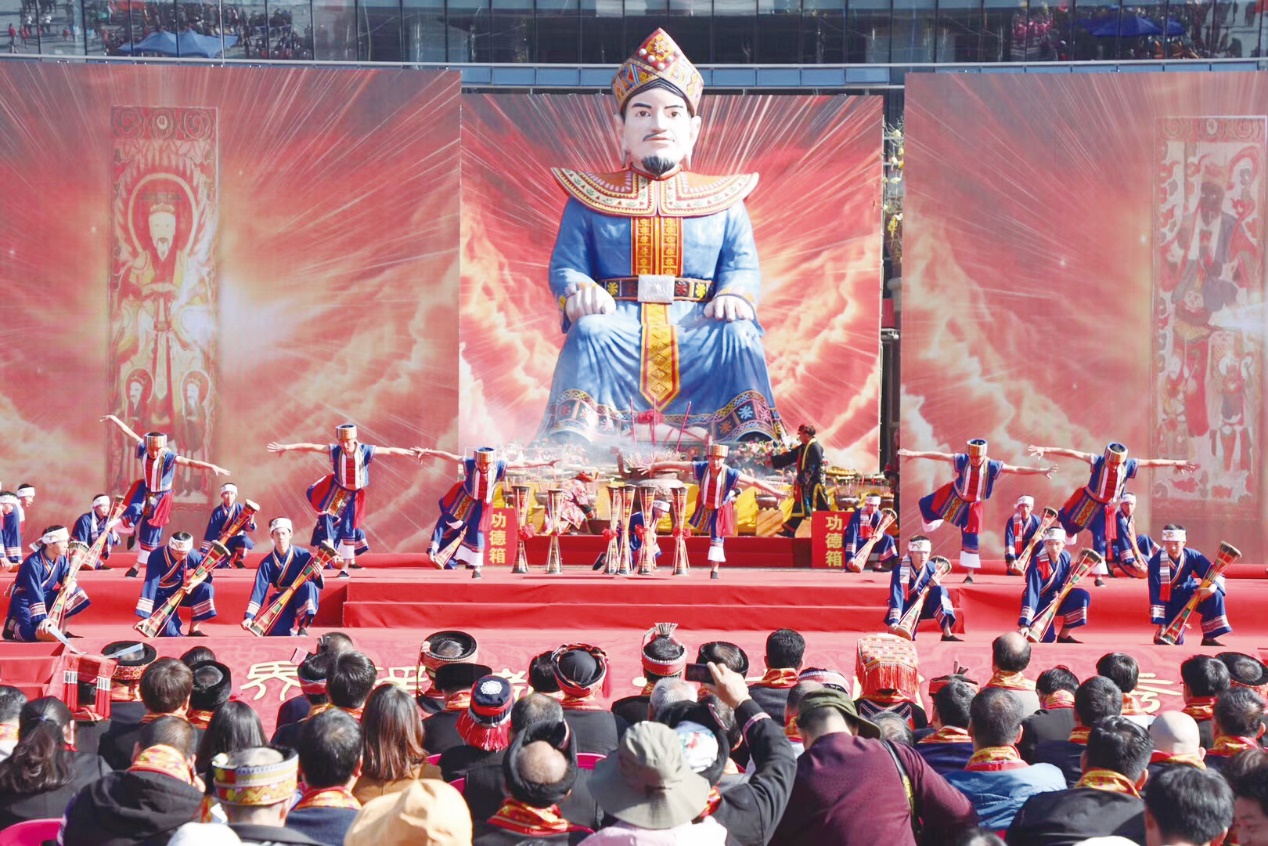
The Yao are a mountain-living ethnic group with a long history. They are spread widely across China in over 140 counties of Guangxi, Guizhou, Yunnan, Guangdong, Hunan and Jiangxi, and even many countries overseas. There are at least a dozen branches of the Yao, each with its own customs, dialect, and dress. If people of all these branches get together, their different costumes and ornamentation would be dazzling.
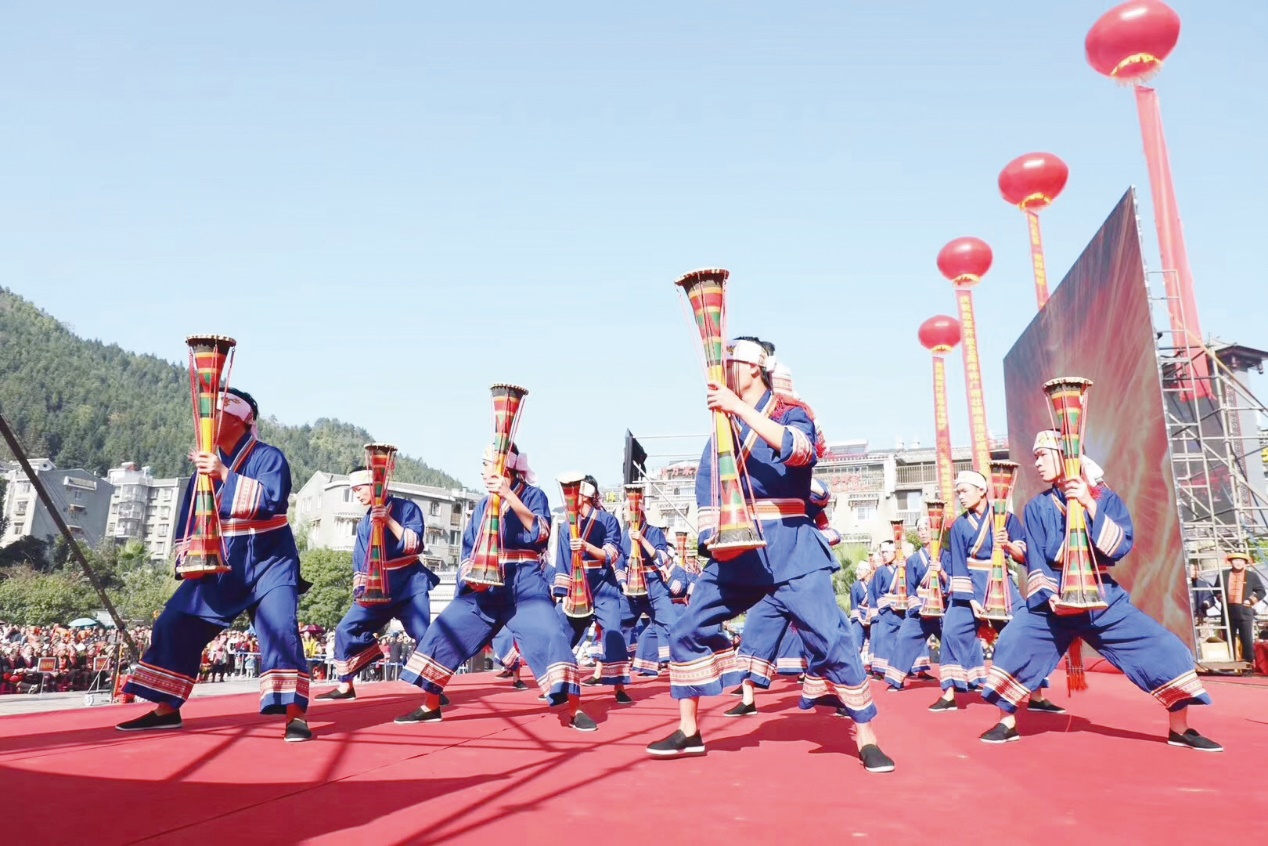
These are superbly displayed in the collection of the Yao Museum in Jinxiu Yao Autonomous County, which is located in south China’s Guangxi Zhuang Autonomous Region. It is the world’s only Yao Museum and was built at Jinxiu — the “homeland of the Yao” because when Yao people seek out their roots it is here that they make for.
World Capital of Yao
Jinxiu is the earliest Yao Autonomous County established in China and the county with the largest number of Yao branches in the world. On this mysterious land, the children of five Yao branches, including Chashan Yao, Hualan Yao, Ao Yao, Pan Yao, and Shanzi Yao, present rich and varied Yao customs, profound Yao culture, ancient and magical Yao medicine, and make the county known as the “World Capital of Yao”.
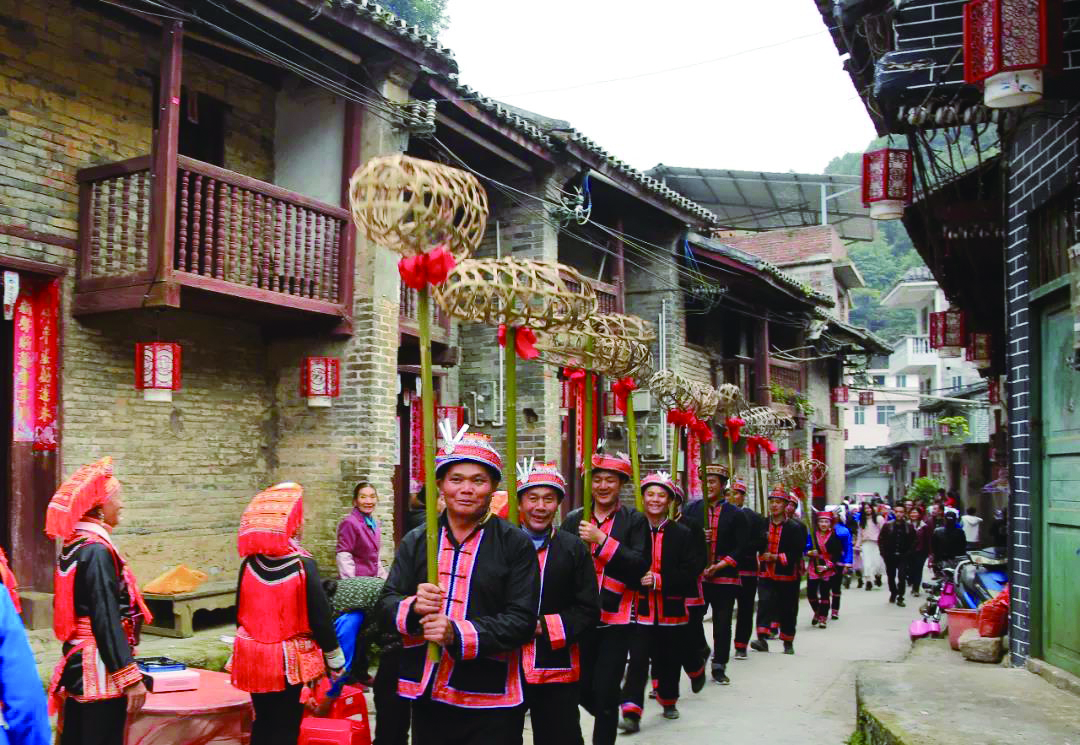
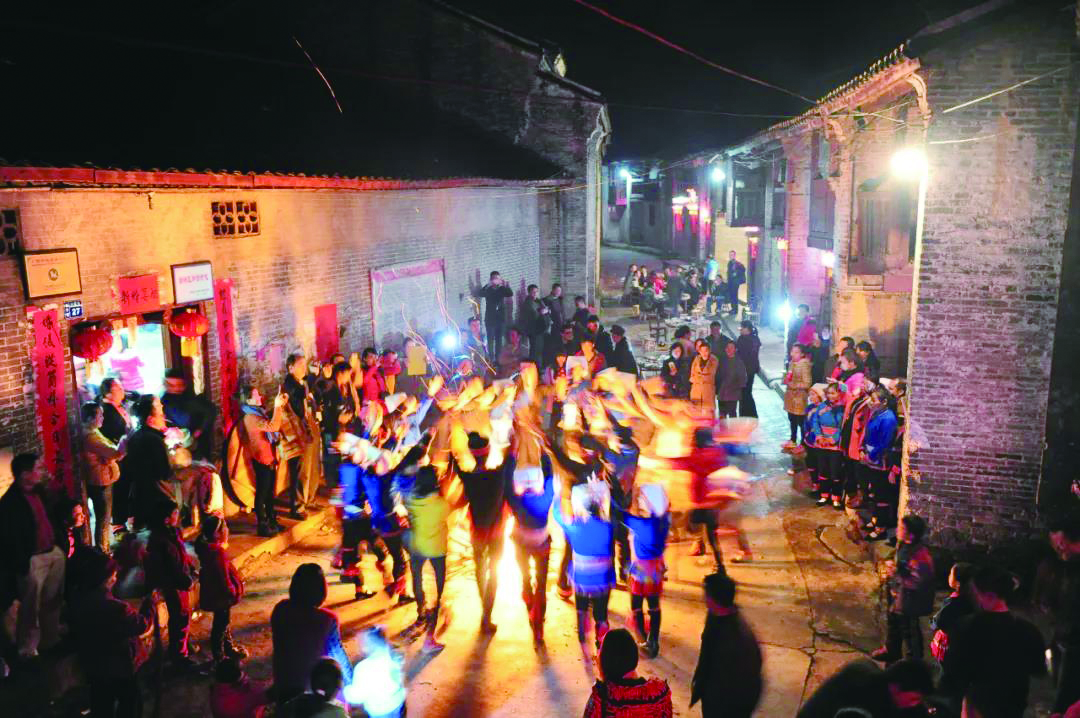
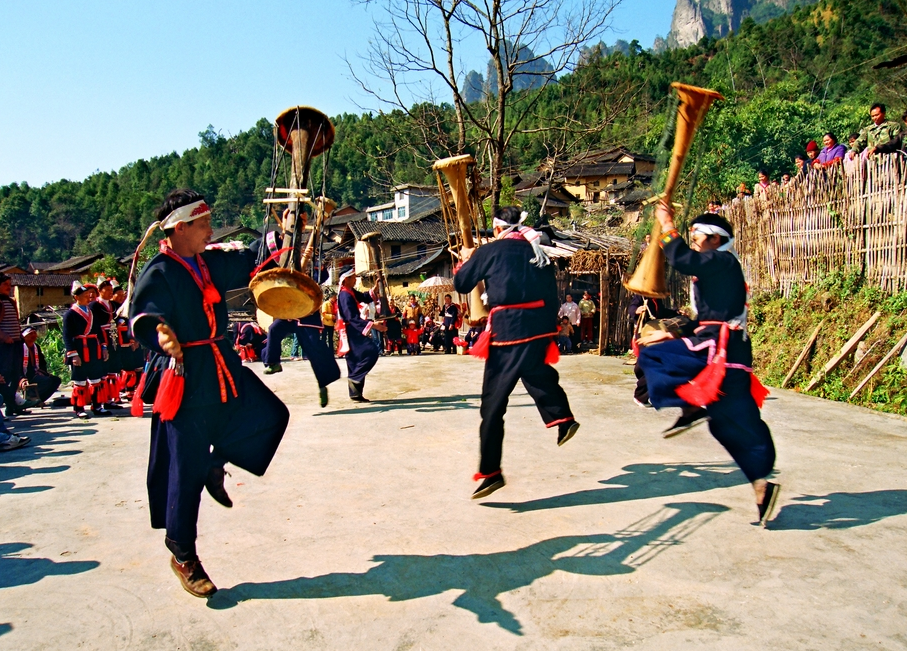
Mr. Fei Xiaotong, a famous Chinese anthropologist, once said: “The world research on Yao should be done in China and the Yao research in China in Jinxiu”, and wrote an inscription — “hometown of Yao”, to give his recognition and appreciation of Jinxiu.
Bittersweet story
The Pan Yao group is a major branch of this ancient ethnic group. They call themselves descendants of Panwang (King of Pan). The King of Pan was a legendary hero of great wisdom and bravery and performed exploits of valor for his people. He was the emperor’s son-in-law. After he married the princess, they lived at the foot of a mountain, he worked in the fields while his wife sat at the loom. They had six boys and six girls. One day when hunting, King of Pan was knocked down the cliff by an antelope and died. To commemorate him, his children made long drum on his birthday and beat it. This was the origin of the Panwang Festival.
Carnival in memory of King
Although the origin of the festival was somewhat sad, it is actually a happy event and the grandest festival of the Yao ethnic group. As time goes on, Panwang Festival has gradually become a tradition dedicated to ancestral worship, featuring distinctive Yao singing and dancing.
The date that the Yao nationality celebrates the Panwang Festival is inconsistent. It is usually held after the autumn harvest before the Spring Festival. It can be celebrated separately by families or collectively by several villages, lasting from three days and two nights to seven days and nights.
The Panwang worship ritual consists of two parts: priests performing Panwang dance with the Suona (a woodwind instrument) band; as well as people singing songs of the myth, history, politics, economy, culture, art, and social life of the Yao people. On May 20, 2006, the Panwang Festival of Yao Ethnic Group was approved by the State Council, or China’s central government, to be listed in the first batch of national intangible cultural heritages.
Meanwhile at Jinxiu
On the Dayaoshan Mountain in Jinxiu, Yao people start performing the Panwang Dance from the 15th day of the 10th lunar month. A portrait of the King of Pan hangs in the sacrificial halls of Yao villages, and people offer sacrifices to the King of Pan after the head of the clan.
The next morning, people gather on the square to the accompaniment of beating drums and exploiting firecrackers, singing and dancing their gratitude to their legendary King of Pan, and praying that the Yao will enjoy prosperity and peace. The main dance at the Panwang Festival is the Hunagni (Yellow Mud) Drum Dance, in which performers play the drums made of yellow mud. The Yao are known for their dancing of the Copper Drum Dance, the Yao Lion Dance, the Tortoise-Catching Dance, and the Long Drum Dance. The beating of drums and the elegant dance steps take people into a happy and sacred atmosphere.
Another interesting part of the festival is that the ancestors, deities, and all people of the Yao ethnic group are invited to “liule”, which means having fun in the Yao language. As the main part of the event, all Yao ancestors are respectfully asked to participate in various literary and entertainment activities of the Panwang Festival and sing the long poem Panwang Dage (Epic of King of Pan), which represents Yao mythology, history, politics, economy, culture and art, social life and other contents. The “liule” ceremony usually lasts one day and one night.
Dazzling costumes
During the carnival, it is no surprise to have a feast of eyes on the beautiful costumes of the Yao people. For ethnic Yao people living in Jinxiu, traditional attire is more than just fashion — it ’s a statement of identity and a key part of celebrations. Every year in December, Yao people — clad in colorful layers with elaborate embroidery — gather to sing and dance in celebration of the Panwang Festival, when they worship their ancestors. The clothes typically feature abundant colors and assorted styles with pictorial designs on the fabric. Subtle variations in such things as hats’ shapes and embroidered patterns reveal the owner's community of origin. Young women from the Hualan Yao branch wear more than 10 articles of clothing, with lots of embroidery on hems and sleeves. Orange decorative designs contrast sharply against the indigo cloth. Clothing of the Shanzi Yao branch features a polychromatic silk belt and black-and-white kerchiefs folded into trapezoids, with embroidered sunflowers on top. Ao Yao women wear hats made of bamboo shoots' husks and necklaces with multilayered decorations. Three huge silver plates highlight the attire of Chashan Yao women. They are symbols of wealth. The Pan Yao branch's clothing features pointed head wraps.
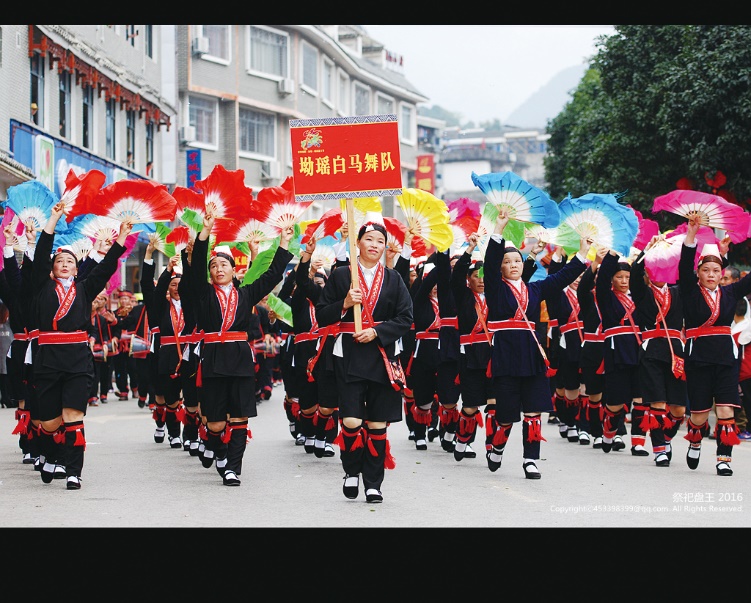
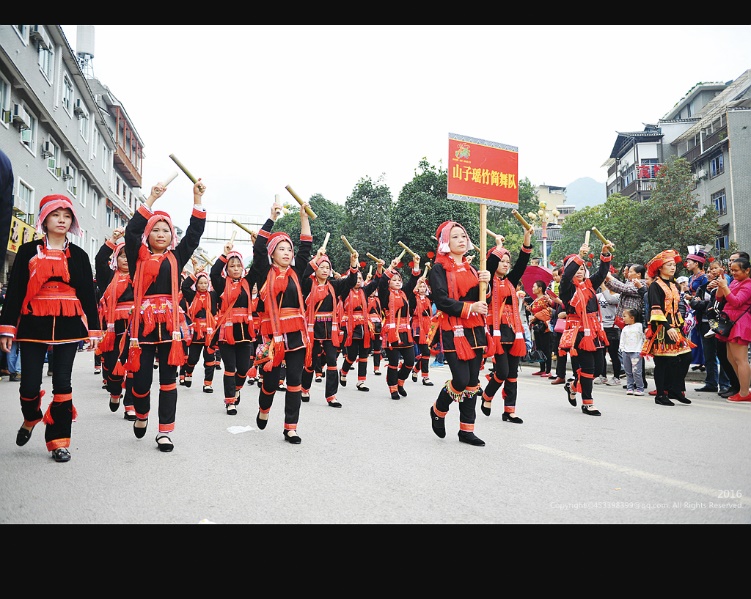
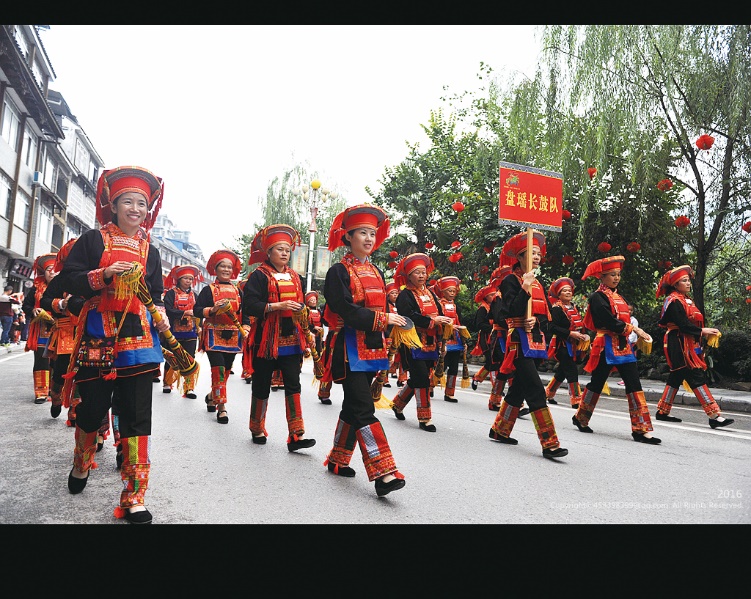
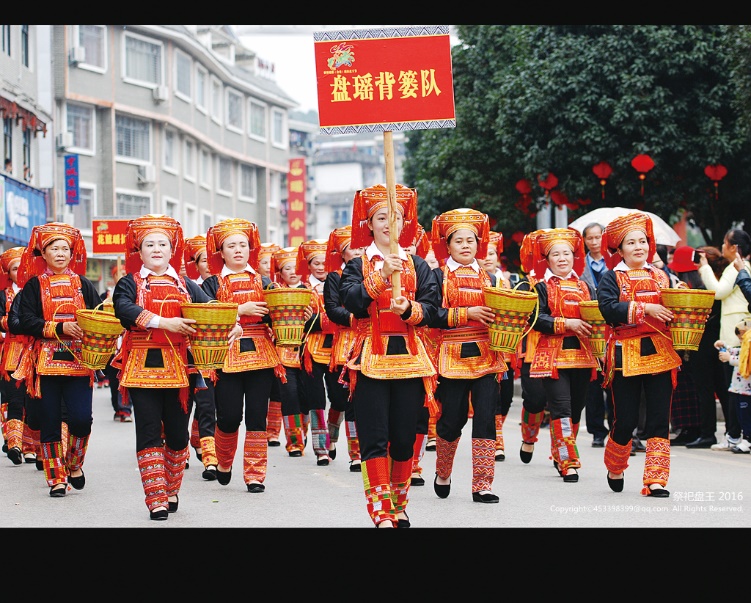
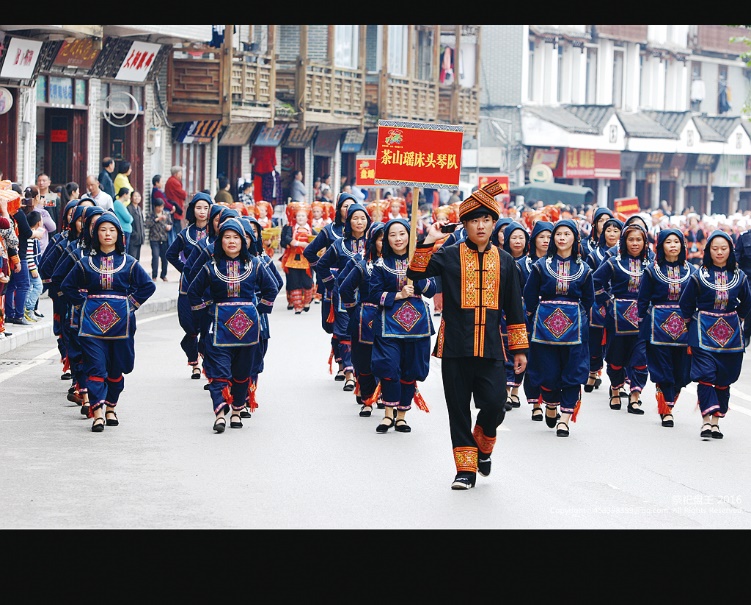
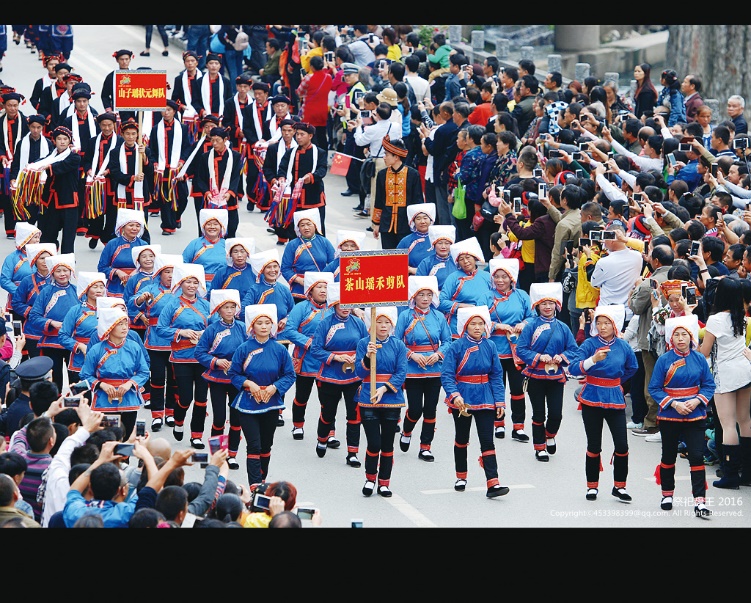
Welcome to have fun
In recent years, focusing on the integration of cultural tourism in its high-quality development strategy, Jinxiu Yao Autonomous County has taken pains to develop local cultural tourism and created a world-class cultural tourism brand. Taking advantage of its cultural advantages as the hometown of Yao and the hometown of Chinese folk culture and art, Jinxiu offers cultural tourism products such as Yao Museum, the large-scale song and dance program “Romantic Charm of the Yao Capital” and “Profound Flavor of Yao”, and rediscovers a number of stunt performances of Yao characteristics at villages of Guzhan, Mengcun, Liuduan. It has also developed a series of characteristic tourist commodities such as Yao embroidery bags and Yao dolls that help to have created considerable economic benefits and provided a strong guarantee for the independent inheritance of ethnic culture.
Boasting a mesmerizing natural landscape and the rich culture of the Yao ethnic group, Jinxiu Yao Autonomous County has made great efforts to develop rural tourism over the past few years. A number of family inns and mountain hostels have sprung up, significantly boosting the local tourism industry.

